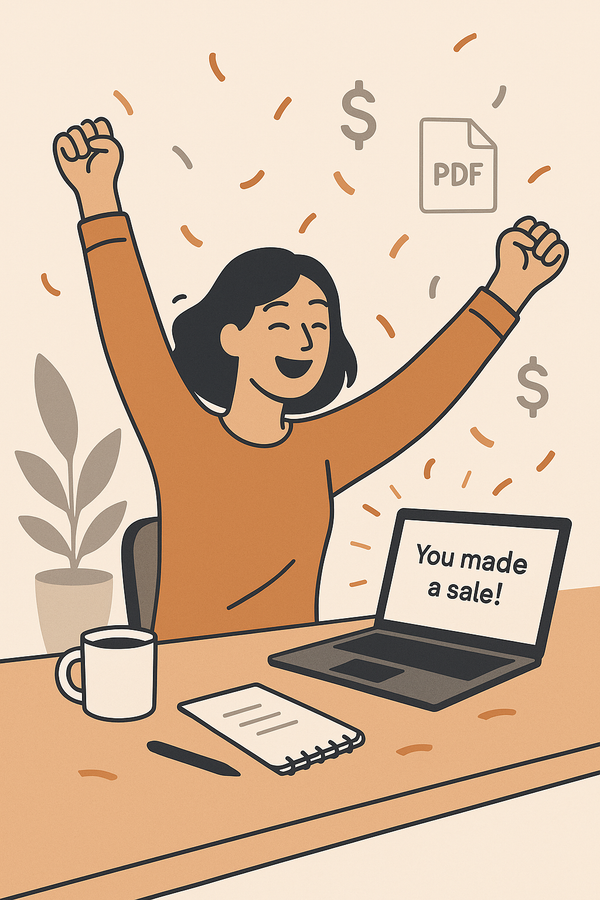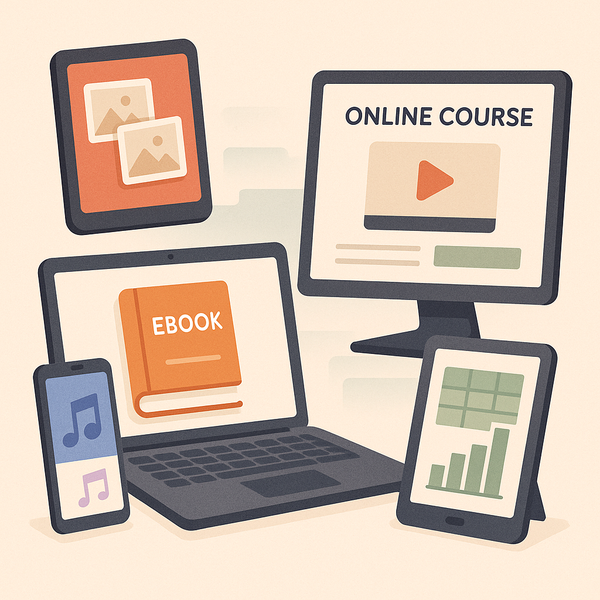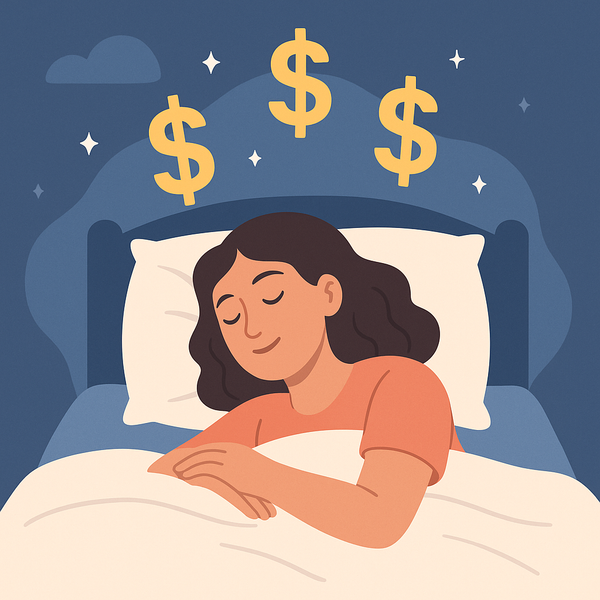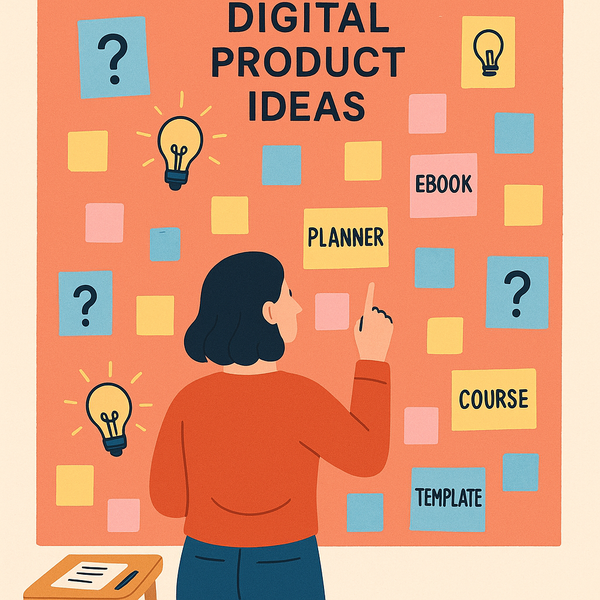How to Sell on Etsy Without Inventory by Partnering with Fulfillment Sellers
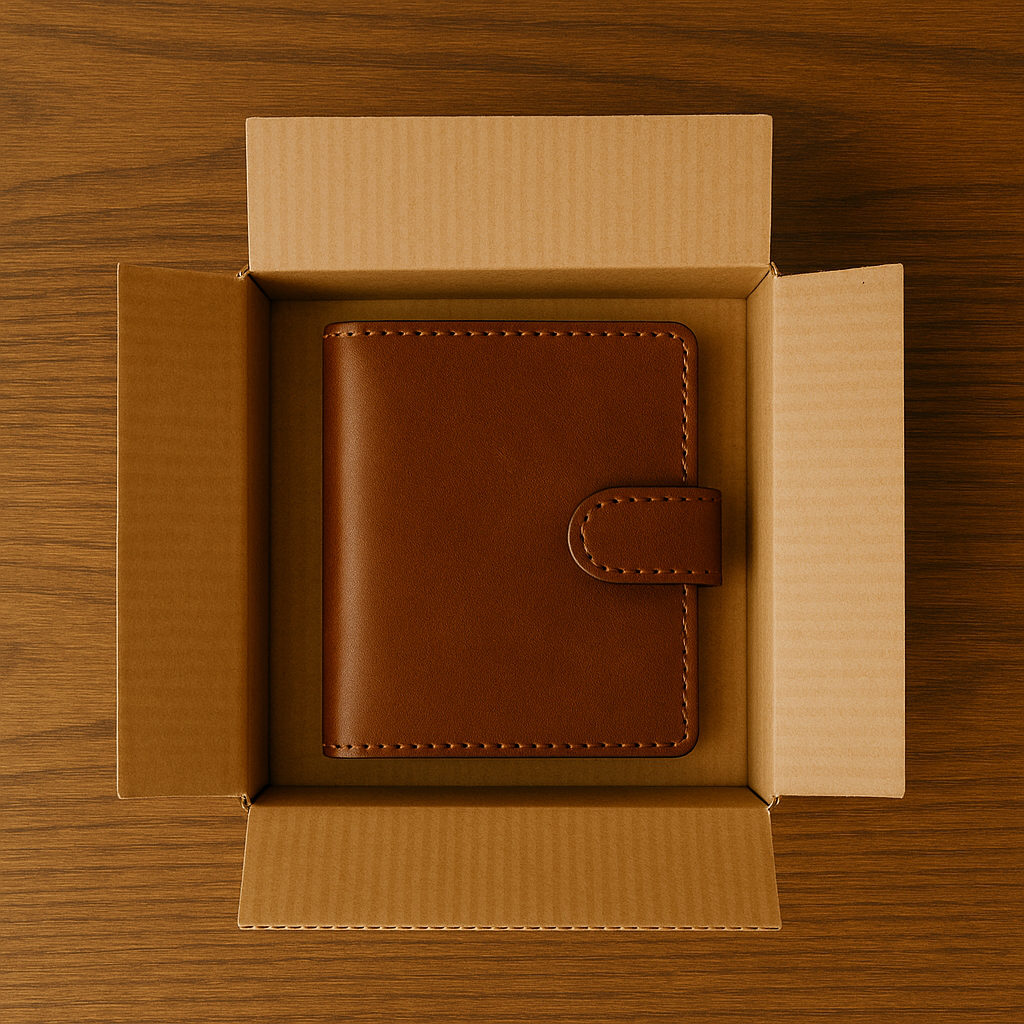
You don’t need to create or store products to start an Etsy business. In 2025, a growing number of sellers are building profitable Etsy shops without holding inventory—by partnering directly with other Etsy creators who handle the fulfillment process.
This guide will show you exactly how to launch your Etsy shop and sell physical products by arranging private-label or white-label fulfillment with trusted Etsy suppliers.
Step 1: Understand the Etsy Fulfillment Model
Unlike print-on-demand or digital products, this model involves:
- You listing the product in your Etsy shop under your brand
- A partner Etsy seller handling production, packaging, and shipping whenever you make a sale
- You send them the order details, and they send the item to your customer
It’s similar to traditional dropshipping but with more customization and trust between two small businesses.
Step 2: Choose a Niche and Product Type
Not all product types work well for Etsy-to-Etsy fulfillment. Focus on handmade or customizable goods where creators are open to partnerships.
Examples:
- Jewelry (engraved necklaces, handmade rings)
- Candles (custom scents, personalized labels)
- Stationery (journals, thank-you cards)
- Apparel (custom shirts, baby onesies)
- Gifts (bridesmaid boxes, memorial keepsakes)
Look for products that are:
- Relatively lightweight
- Non-seasonal
- Priced for margin (e.g., $25–$100 range)
Step 3: Find and Reach Out to a Fulfillment Partner
Browse Etsy and look for sellers who:
- Offer customizable or small-batch products
- Have strong reviews and consistent production
- May be open to B2B or wholesale-style collaboration
How to contact them-->
Message them professionally with:
- A clear proposal (you handle marketing, they fulfill)
- Expected order volume (start small)
- Questions about turnaround time, packaging, and pricing
Example message:
Hi [Name], I love your [product]. I run a small Etsy store focused on [your niche], and I’m looking to partner with a creator who can fulfill orders on my behalf when I make a sale. I’d credit your work privately (not resell as mass-produced) and would handle all front-end marketing and customers. Would you be open to discussing a fulfillment arrangement?
Not all sellers will say yes—but many smaller Etsy makers are happy to build B2B relationships if you’re respectful and clear.
Step 4: Set Up Your Etsy Shop
- Create your Etsy account at etsy.com/sell
- Pick a shop name and branding that fits your niche
- Set up payment and billing details
- Prepare standard policies and shipping profiles (work this out with your supplier)
Be transparent in your listings, but you don’t need to mention that another Etsy seller is handling fulfillment. That part remains behind-the-scenes unless required for compliance.
Step 5: List the Product and Handle Orders
When you’ve agreed on pricing and fulfillment with your partner:
- Create your own version of the product listing with your branding and photos (with their permission)
- Use your own product title, SEO keywords, and description
- Set pricing to include a margin (you pay the fulfillment seller their wholesale rate)
When you get an order:
- Send the order info and shipping details to your fulfillment partner
- Pay them their agreed-upon price
- Let them handle shipping while you manage customer service and follow-up
Step 6: Optimize and Scale
As orders start coming in:
- Track which listings convert best
- Build bundles or upsells (e.g., custom gift wrap, note cards)
- Ask your supplier if they can handle increased volume or additional products
Eventually, you can form exclusive relationships or even have the partner brand the packaging in your shop name — giving you full control over the customer experience.
Frequently Asked Questions
- Is this allowed on Etsy?
Yes — Etsy allows outside production partners as long as the product remains handmade or custom, and you’re transparent about your role. You may need to disclose the use of a “production partner” when listing. - How do I make sure I’m profitable?
Negotiate wholesale or discounted rates with your partner and price your products to include Etsy fees, marketing costs, and your margin. - Do I need to register as a business?
Not to open an Etsy shop, but check your local regulations for tax and income reporting.

